Salem Witch Animated Pictures Accused Witches Of Salem Witch Trials
Salem Witch Animated Pictures Accused Witches Of Salem Witch Trials
/https://tf-cmsv2-smithsonianmag-media.s3.amazonaws.com/filer/salem631.jpg)
The Salem witch trials occurred in colonial Massachusetts betwixt 1692 and 1693. More 200 people were accused of practicing witchcraft—the Devil'south magic—and 20 were executed. Eventually, the colony admitted the trials were a mistake and compensated the families of those bedevilled. Since so, the story of the trials has go synonymous with paranoia and injustice, and it continues to beguile the pop imagination more than 300 years afterwards.
Salem Struggling
Several centuries ago, many practicing Christians, and those of other religions, had a strong belief that the Devil could give certain people known as witches the power to damage others in render for their loyalty. A "witchcraft craze" rippled through Europe from the 1300s to the end of the 1600s. Tens of thousands of supposed witches—mostly women—were executed. Though the Salem trials came on just as the European craze was winding downwardly, local circumstances explain their onset.
In 1689, English rulers William and Mary started a state of war with France in the American colonies. Known equally King William'southward War to colonists, it ravaged regions of upstate New York, Nova Scotia and Quebec, sending refugees into the county of Essex and, specifically, Salem Village in the Massachusetts Bay Colony. (Salem Hamlet is nowadays-day Danvers, Massachusetts; colonial Salem Town became what'due south now Salem.)
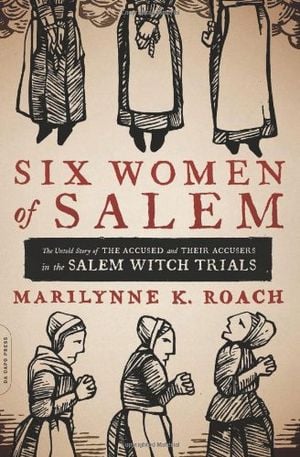
The displaced people created a strain on Salem'due south resources. This aggravated the existing rivalry between families with ties to the wealth of the port of Salem and those who notwithstanding depended on agriculture. Controversy too brewed over Reverend Samuel Parris, who became Salem Village's first ordained minister in 1689, and was disliked because of his rigid ways and greedy nature. The Puritan villagers believed all the quarreling was the work of the Devil.
In January of 1692, Reverend Parris' daughter Elizabeth, age nine, and niece Abigail Williams, age 11, started having "fits." They screamed, threw things, uttered peculiar sounds and contorted themselves into foreign positions, and a local doctor blamed the supernatural. Another girl, Ann Putnam, age 11, experienced like episodes. On Feb 29, nether pressure from magistrates Jonathan Corwin and John Hathorne, the girls blamed 3 women for afflicting them: Tituba, the Parris' Caribbean slave; Sarah Skillful, a homeless ragamuffin; and Sarah Osborne, an elderly impoverished woman.
Witch Chase
All 3 women were brought before the local magistrates and interrogated for several days, starting on March 1, 1692. Osborne claimed innocence, as did Expert. Simply Tituba confessed, "The Devil came to me and bid me serve him." She described elaborate images of blackness dogs, blood-red cats, yellow birds and a "black man" who wanted her to sign his book. She admitted that she signed the book and said at that place were several other witches looking to destroy the Puritans. All three women were put in jail.
With the seed of paranoia planted, a stream of accusations followed for the next few months. Charges against Martha Corey, a loyal fellow member of the Church in Salem Village, greatly concerned the community; if she could be a witch, and so anyone could. Magistrates even questioned Sarah Good's 4-year-old daughter, Dorothy, and her timid answers were construed as a confession. The questioning got more serious in April when Deputy Governor Thomas Danforth and his administration attended the hearings. Dozens of people from Salem and other Massachusetts villages were brought in for questioning.
On May 27, 1692, Governor William Phipps ordered the establishment of a Special Courtroom of Oyer (to hear) and Terminer (to make up one's mind) for Suffolk, Essex and Middlesex counties. The first case brought to the special court was Bridget Bishop, an older woman known for her gossipy habits and promiscuity. When asked if she committed witchcraft, Bishop responded, "I am as innocent as the kid unborn." The defense force must not have been convincing, because she was constitute guilty and, on June 10, became the commencement person hanged on what was later called Gallows Loma.
Five days afterwards, respected minister Cotton fiber Mather wrote a letter imploring the courtroom not to permit spectral evidence—testimony well-nigh dreams and visions. The court largely ignored this request and five people were sentenced and hanged in July, five more in Baronial and eight in September. On Oct 3, following in his son's footsteps, Increase Mather, and then president of Harvard, denounced the apply of spectral evidence: "It were better that 10 suspected witches should escape than one innocent person be condemned."
Governor Phipps, in response to Mather'south plea and his own wife being questioned for witchcraft, prohibited further arrests, released many accused witches and dissolved the Court of Oyer and Terminer on Oct 29. Phipps replaced it with a Superior Court of Judicature, which disallowed spectral evidence and only condemned 3 out of 56 defendants. Phipps eventually pardoned all who were in prison on witchcraft charges by May 1693. But the damage had been done: 19 were hanged on Gallows Hill, a 71-yr-old human was pressed to death with heavy stones, several people died in jail and well-nigh 200 people, overall, had been accused of practicing "the Devil'due south magic."
Restoring Expert Names
Post-obit the trials and executions, many involved, like estimate Samuel Sewall, publicly confessed error and guilt. On Jan 14, 1697, the Full general Courtroom ordered a mean solar day of fasting and soul-searching for the tragedy of Salem. In 1702, the courtroom alleged the trials unlawful. And in 1711, the colony passed a nib restoring the rights and good names of those accused and granted £600 restitution to their heirs. All the same, it was not until 1957—more than than 250 years afterward—that Massachusetts formally apologized for the events of 1692.
In the 20th century, artists and scientists alike continued to be fascinated by the Salem witch trials. Playwright Arthur Miller resurrected the tale with his 1953 playThe Crucible, using the trials as an allegory for the McCarthyism paranoia in the 1950s. Additionally, numerous hypotheses have been devised to explain the strange beliefs that occurred in Salem in 1692. One of the near concrete studies, published inScience in 1976 by psychologist Linnda Caporael, blamed the aberrant habits of the accused on the fungus ergot, which can exist found in rye, wheat and other cereal grasses. Toxicologists say that eating ergot-contaminated foods can lead to muscle spasms, vomiting, delusions and hallucinations. Also, the mucus thrives in warm and damp climates—non too unlike the swampy meadows in Salem Village, where rye was the staple grain during the spring and summer months.
In August 1992, to marker the 300th anniversary of the trials, Nobel Laureate Elie Wiesel defended the Witch Trials Memorial in Salem. As well in Salem, the Peabody Essex Museum houses the original court documents, and the town'south well-nigh-visited attraction, the Salem Witch Museum, attests to the public'due south enthrallment with the 1692 hysteria.
Editor'southward notation - October 27, 2011: Thanks to Professor Darin Hayton for pointing out an mistake in this article. While the verbal number of supposed witches killed in Europe isn't known, the all-time estimate is closer to tens of thousands of victims, non hundreds of thousands. We have stock-still the text to accost this issue.
DOWNLOAD HERE
Salem Witch Animated Pictures Accused Witches Of Salem Witch Trials
Posted by: parkousband58.blogspot.com
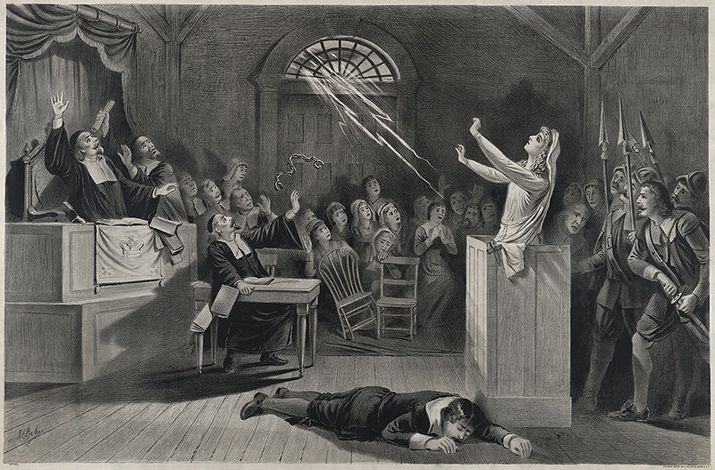
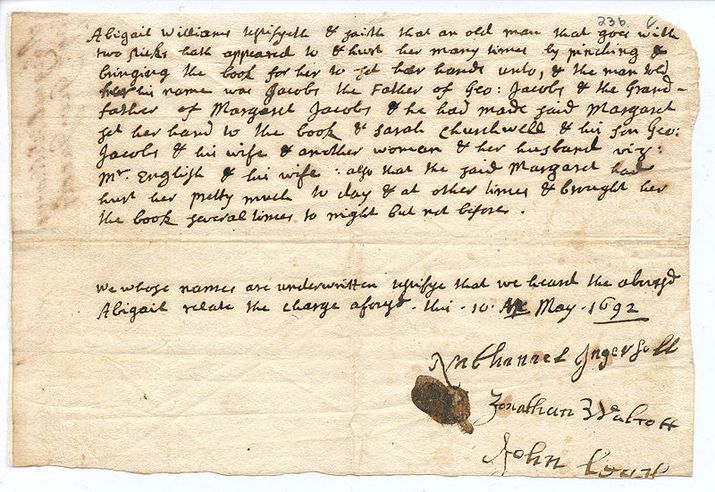
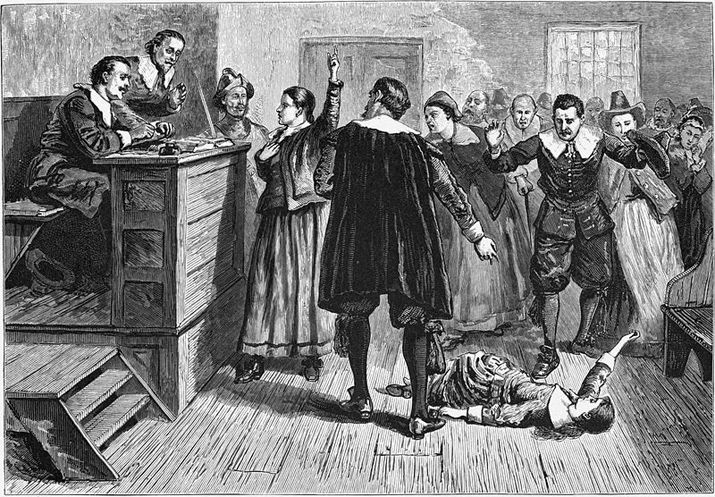
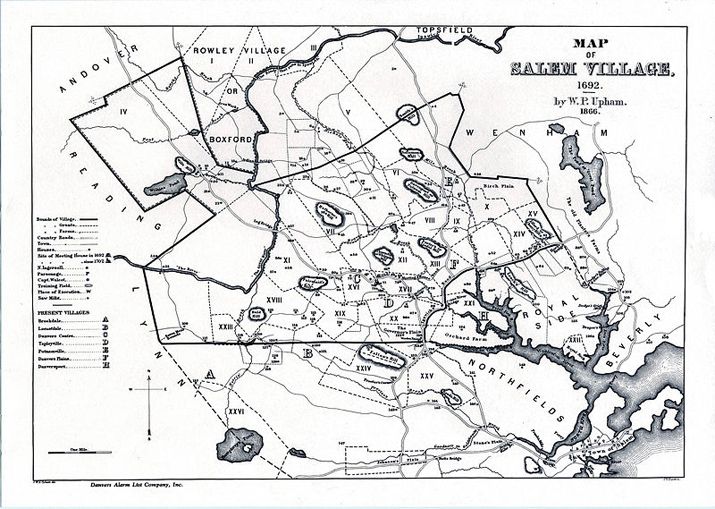
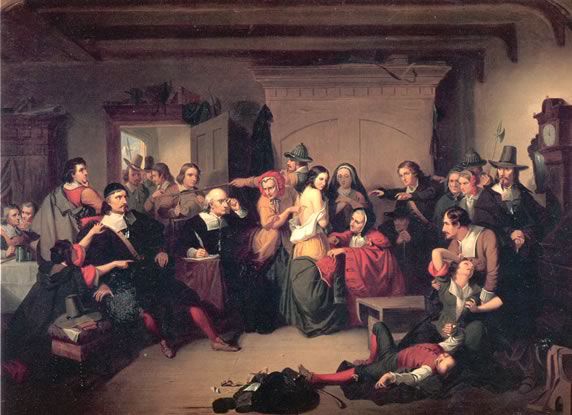
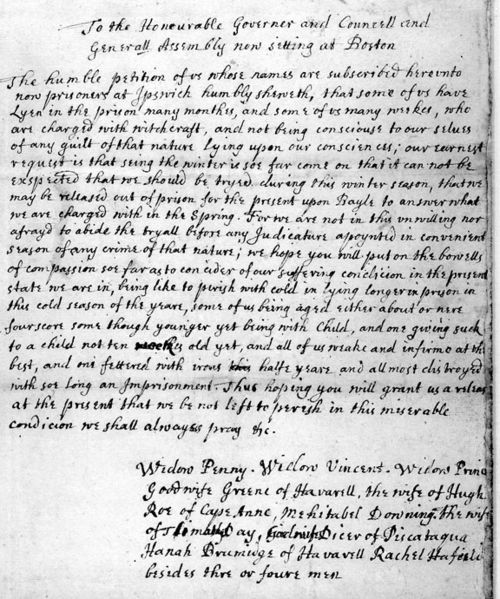
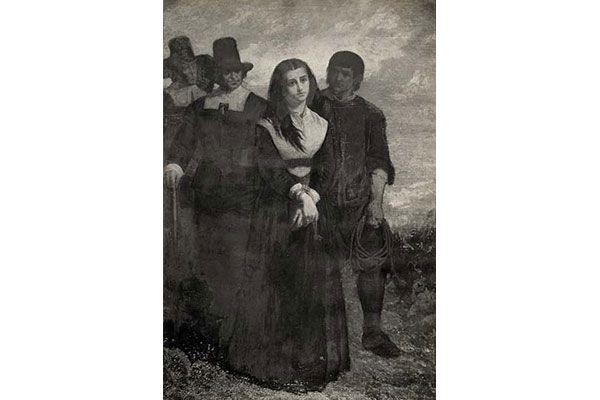
0 Response to "Salem Witch Animated Pictures Accused Witches Of Salem Witch Trials"
Postar um comentário